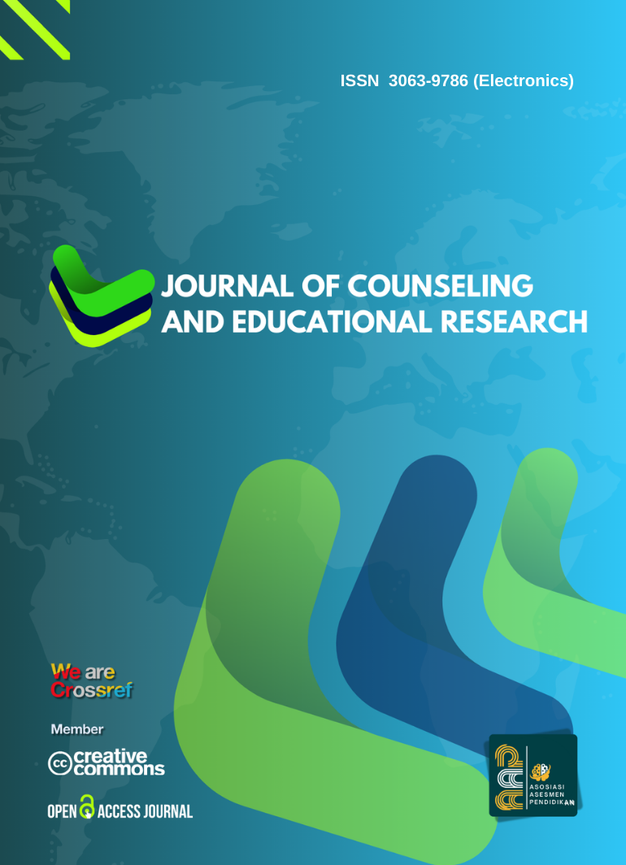Vol. 1 No. 3 (2025): Journal of Counseling and Educational Research
Published : April 30, 2025
All articles in this issue were authored/co-authored from 4 countries (Indonesia, Malaysia, Nigeria, India)




Published
April 30, 2025
Table of Contents
line
Articles
Articles












